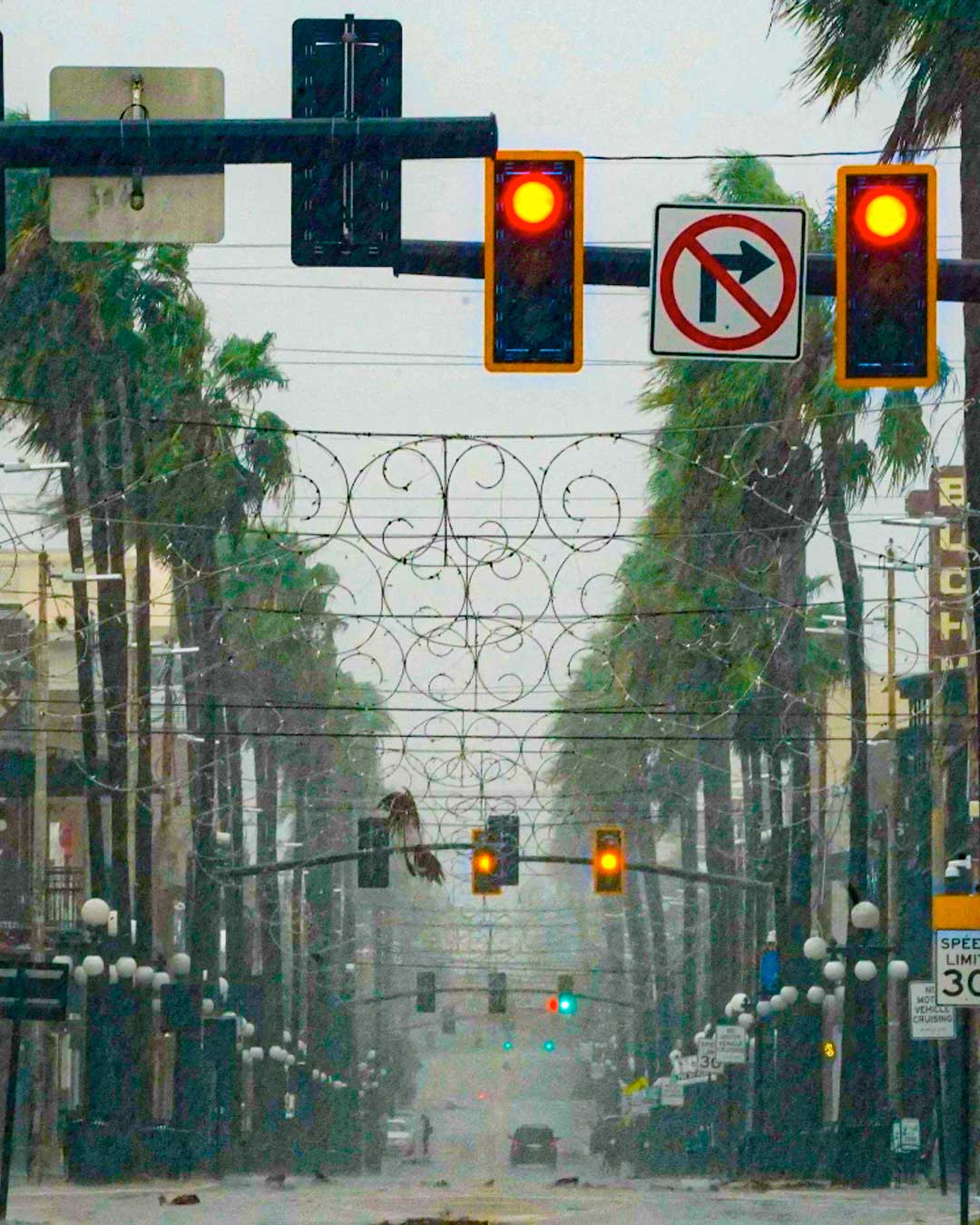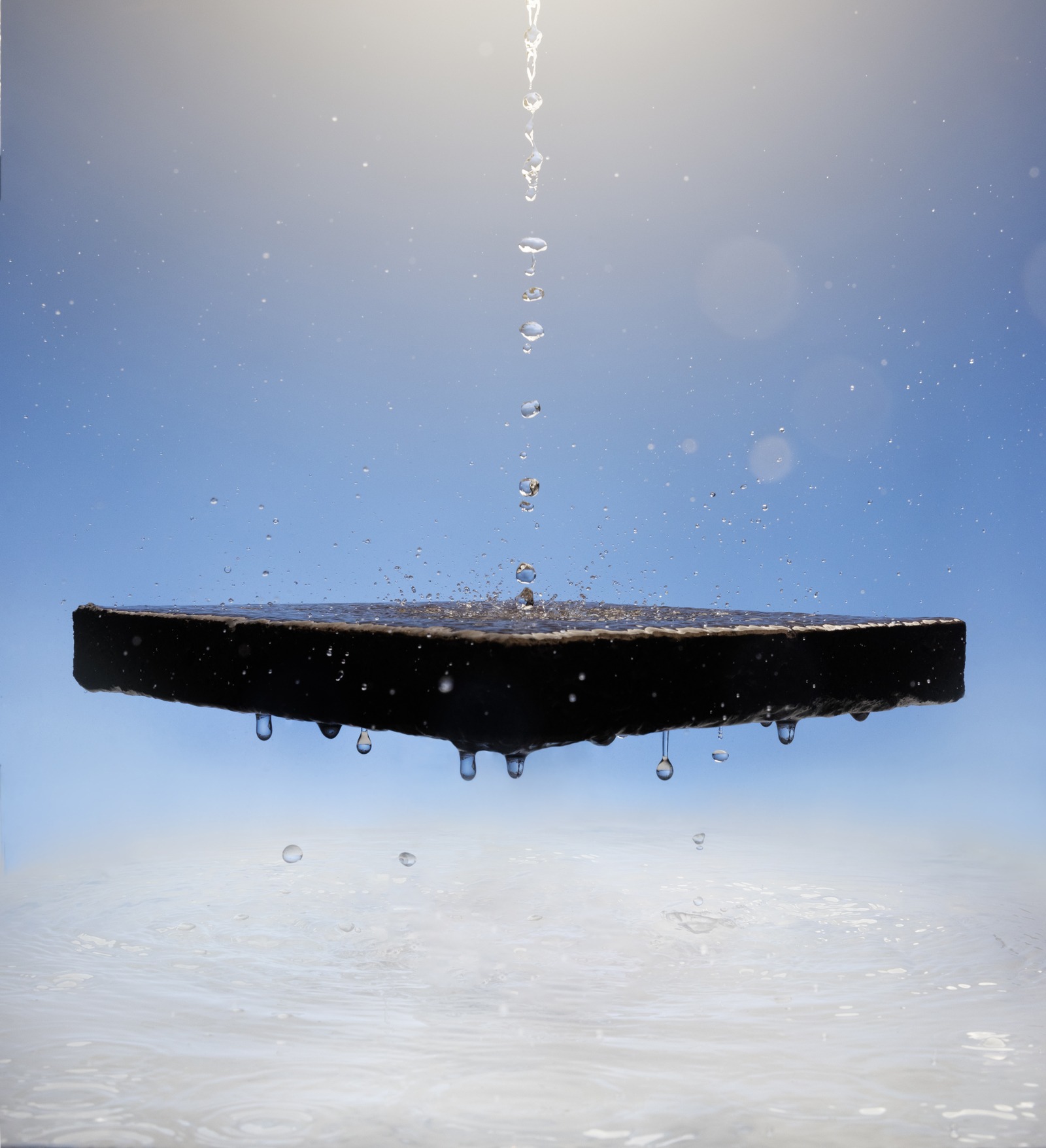Five ways that AquiPor makes Cities Resilient to Climate Change
At AquiPor, we believe that climate change is mostly a water issue. One of the most significant impacts of a warming atmosphere is the effect that it’s having on precipitation. The amount of water that a region gets and when it gets that water has become more and more unpredictable. This can mean too much water (flooding) in some regions, and not nearly enough (drought) in others. And even in drought-stricken areas, when precipitation does come, it can be volatile and sudden.

Extreme rain events, outdated infrastructure, and the vast amount of impervious surfaces in our cities all factor into the alarming levels of runoff pollution and urban flooding that communities now have to contend with.
At AquiPor, we’ve developed our permeable concrete technology to take the place of traditional paved surfaces to help manage stormwater, reduce pollution from runoff, and help mitigate flooding in cities and towns alike. Here are five ways that AquiPor can help make our communities more resilient to climate change:
- AquiPor’s permeable concrete manages stormwater right where it falls by allowing rain to flow through the material and naturally soak back into the ground. Instead of relying on inadequate gray infrastructure (underground pipes, tanks, and conveyance systems), which gets overwhelmed in big rain events, AquiPor captures and filters stormwater where it falls, getting precious rainfall back into the ground naturally. This is especially important for regions experiencing historic drought such as in California, where record amounts of precipitation were wasted due to inadequate infrastructure.
2. AquiPor makes it easier for cities to deal with water pollution. It’s estimated that over 10 TRILLION GALLONS of untreated stormwater, wastewater, and sewage gets discharged into clean water bodies every year. This is due to the vast amount of impervious concrete and asphalt surfaces in cities, the amount of runoff these surfaces generate, and the outdated nature of gray infrastructure systems that are ill-equipped to deal with large volumes of runoff.
When it rains, stormwater that should naturally soak into soils and recharge groundwater instead becomes polluted runoff as soon as it hits the pavement. Much of this polluted runoff ends up in nearby water bodies.
By replacing traditional pavements with AquiPor’s permeable concrete, stormwater can now flow through the concrete and back into the ground. Due to the tiny pore size of AquiPor concrete, it can even filter out the majority of dirt, debris, and pollutants found in stormwater.

3. AquiPor’s product has an inherently low CO2 footprint. Cement and concrete production is responsible for 8% of the world’s CO2 emissions each year. In addition to AquiPor’s ability to manage stormwater and mitigate flooding, our concrete is produced in an entirely new way and does not use normal cement in the process. Instead, we use a combination of industrial minerals and without the need for cement plants, our process has an extremely low CO2 footprint when compared to normal concrete.
4. AquiPor uses recycled materials. Instead of relying on pollutive cements and additives, our concrete uses a proprietary mix of industrial minerals and “leftovers” from other industries.
5. AquiPor’s concrete is precast, making it easy and efficient to install. Precast concrete has a myriad of advantages, including uniformity, saving time, and improved quality control. Precast concrete is manufactured offsite in a covered environment which means it isn’t weather dependent, and it enables just in time delivery for jobs. It also allows for a cleaner, safer construction site.

These are just a few of the ways that AquiPor’s permeable concrete technology can make communities more resilient in the face of climate change. Where can this technology make the biggest impact in your community?
solutions for change
Like a lot of startups Aquipor is built upon its failures. We had thousands of concrete mix recipes fail to be good […]
We have rights to a new patent - and it’s a big deal, see why Our New Distributed Water System Patent Will […]
What do Beanie Babies, Nirvana and AquiPor Concrete Have In Common? Studies from the 1990’s add layers of validation to AquiPor’s concrete […]
Copyright © 2024 AquiPor Technologies. Site designed & developed by Houdini Interactive.

